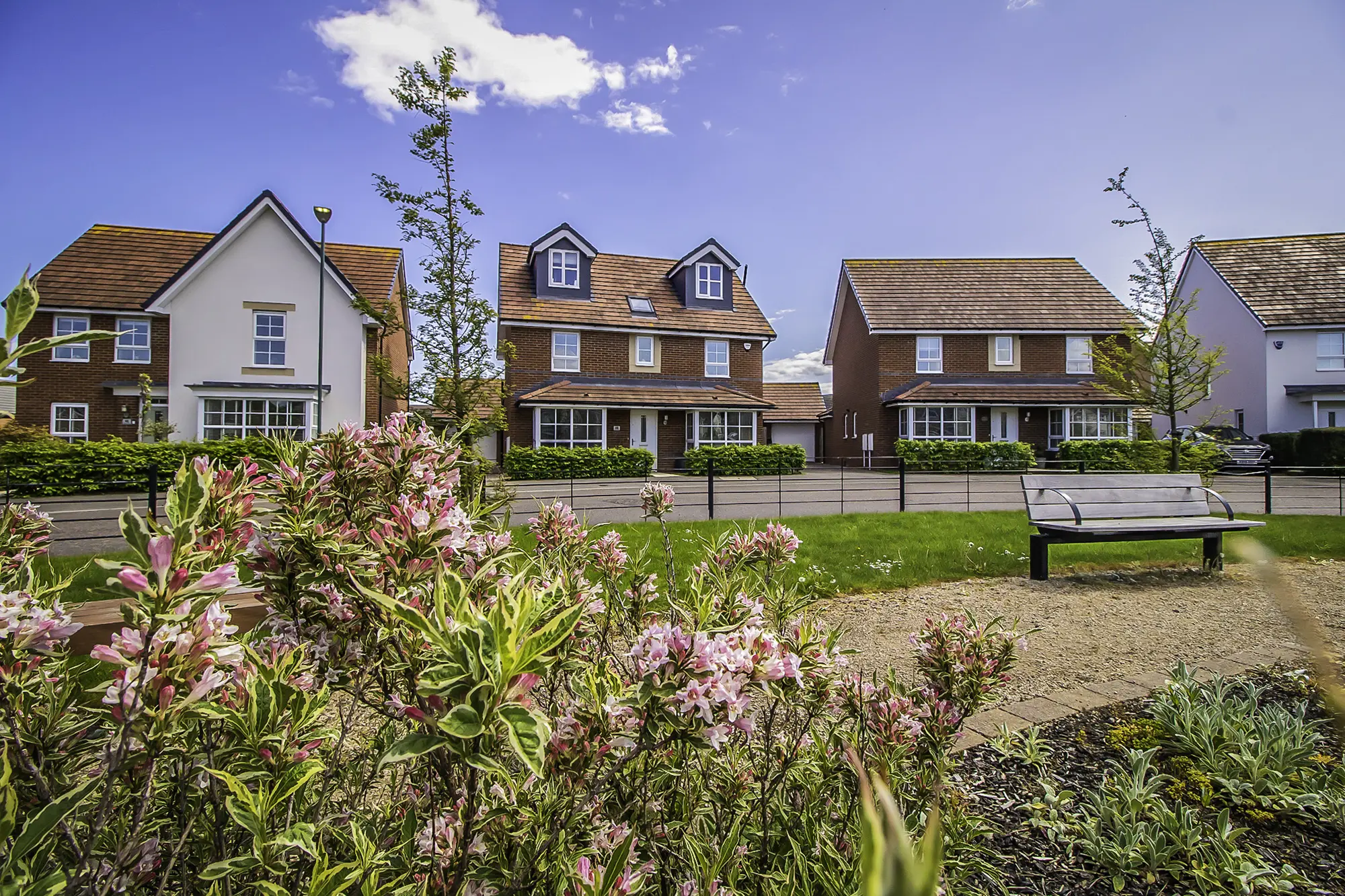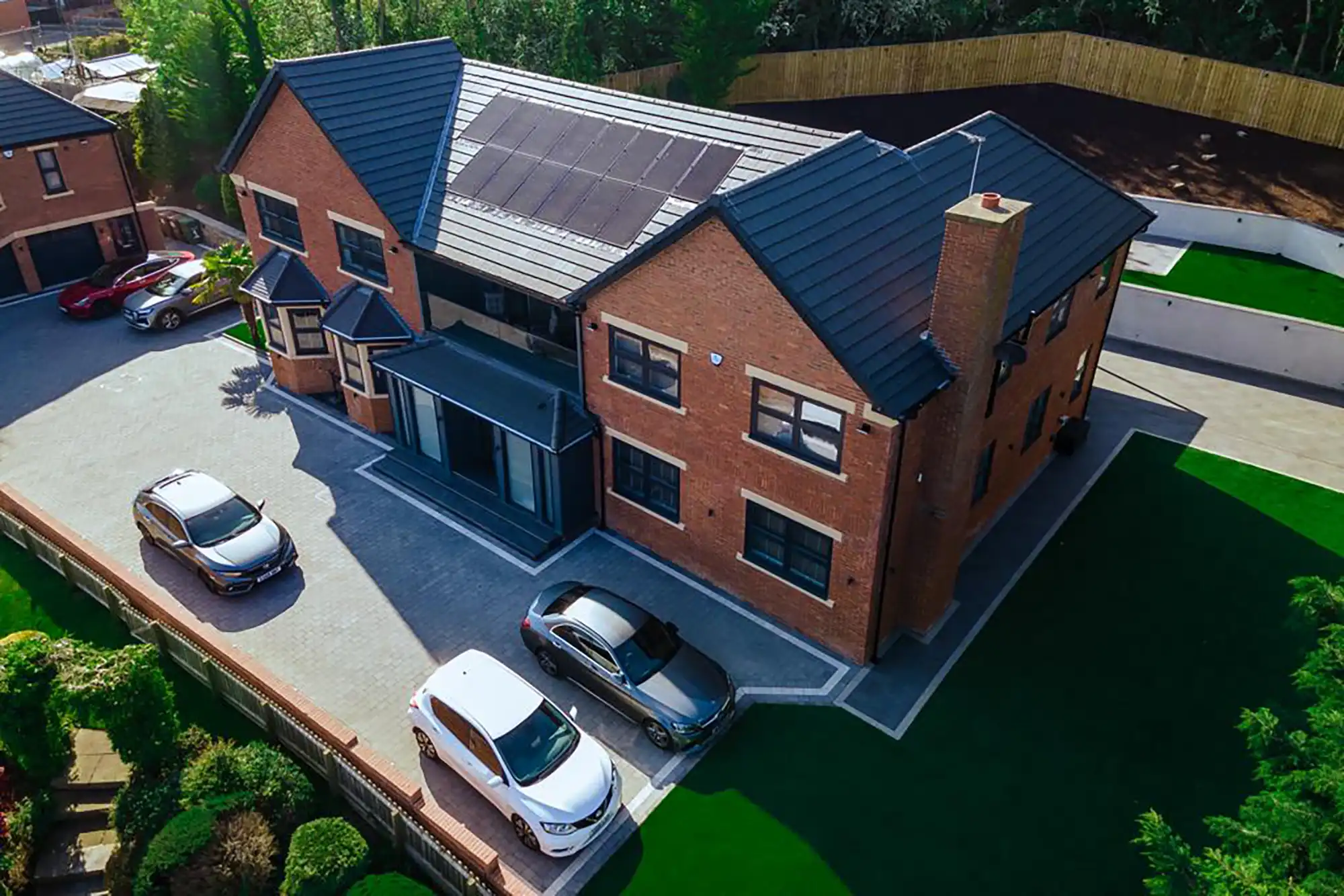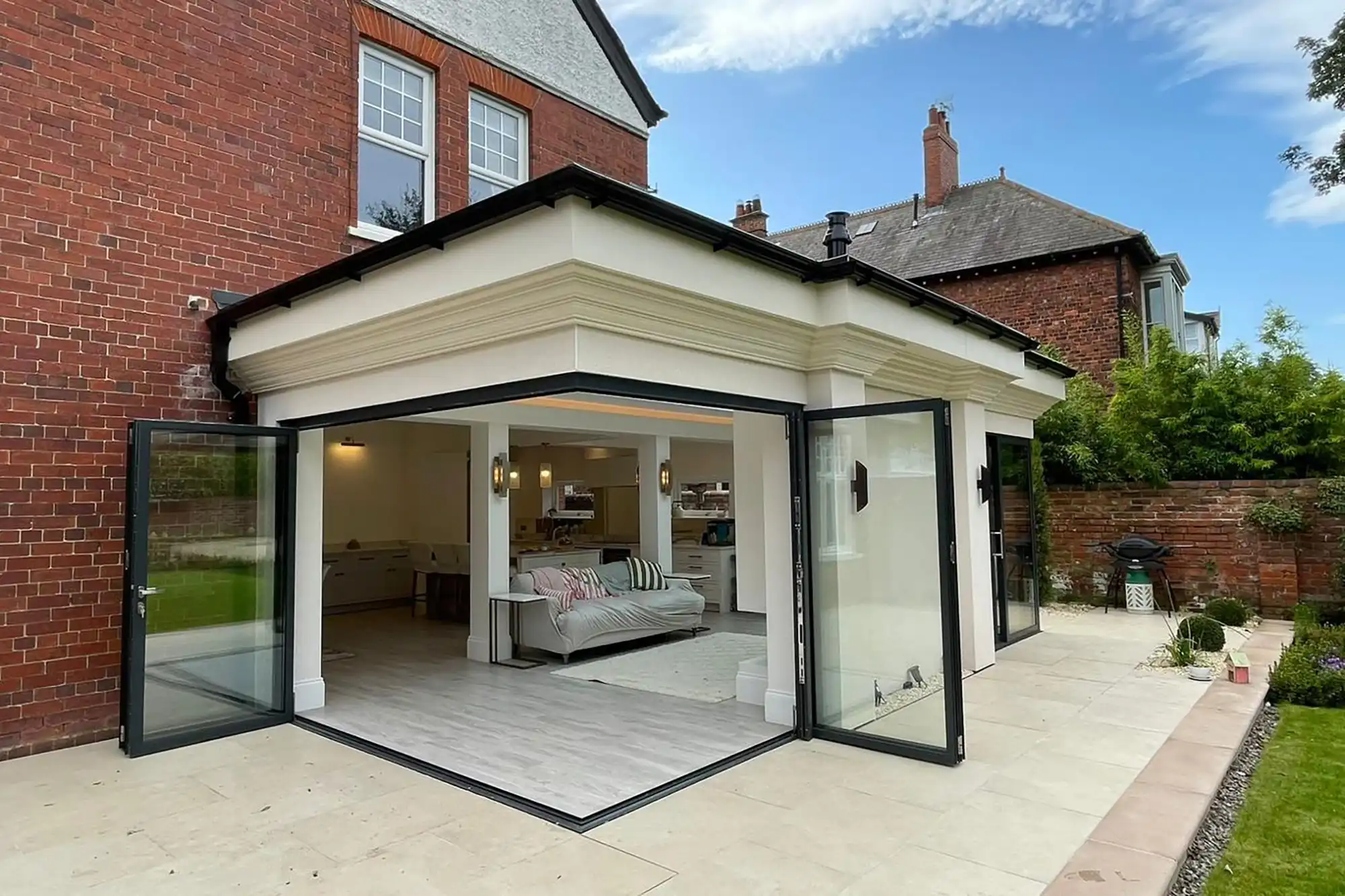The ‘Larger Home Extension Scheme’
August 30, 2019 | Alistair Crerar
What do the updated Permitted Development Rights mean for you and your extension plans?
You may not be aware but the Government’s ‘Larger Home Extension Scheme’ has now been made permanent in England. Previously, this was a temporary scheme, applying to developments completed before 30th May. Permitted Development Rights mean that homeowners may be able to undertake some works without the need to apply for planning permission. This raises some innovative opportunities for you if you are looking to extend your existing home.
Planning legislation changes. Permitted Development rights are no exception and these have been revised quite a bit in recent years. The changes aim to take the pressure off planning departments processing planning application (lucky them, lucky us). A key change is that we now have a right to build larger single storey rear extensions under Class A. This scheme means that if you are planning to build a single storey rear extension under Permitted Development Rights, you are now allowed to double your permitted development allowance size. Applying to extensions up to 8 metres (from 4 metres) for a detached house and up to 6 metres (from 3 metres) for other types of houses.
Permitted Development explained
Permitted Development Rights are policies which effectively give homeowners more freedom to enlarge their home, with pre-approved planning permission being granted. Within these rules, you can extend your property (within certain perimeters), without needing full planning permission. Obtaining planning permission can be a long process for some and can delay the start of your build at a time when you may be keen to get going.
These rights do not usually apply to larger extensions, larger loft conversions or where your property may be protected (in a conservation area for example). It is worth engaging with a local architectural designer early on in your project as they will be able to advise you on work that may be considered as ‘permitted development’ and therefore, not need planning permission.
The Team @ Acre Design are used to navigating these policies. Alistair Crerar, Managing Director of Acre Design, also has over ten years of experience in Building Control. Importantly, Alistair is well equipped to advise on the legal requirements when building your home extension. The Planning Portal also has some useful information on its website and the Government’s general planning permission advice site can also be helpful.
How will I know if my single storey extension idea qualifies for Permitted Development Rights?
To gain the additional allowance for extensions under Permitted Development Rights, your plans must extend no more than 8 metres (for a detached home) or 6 metres (for other types of house) from the rear elevation of your home. This applies to how your home was positioned on 1st July 1948. This means that if yourself or a previous owner has already extended your home, your permitted development rights may already have been used.
If you aren’t sure, Acre Design can advise you on this. You can also visit your local authority’s planning permission website to view any applications made in connection with your address. The relevant information is freely available to the public.
Other rules which apply when utilising Permitted Development Rights:
- You cannot build upon more than half of the land around the original house.
- Your extension must be a maximum of 4 metres high, from the highest point of natural ground. However, this does reduce to 3 metres if your extension will be within 2 metres of a boundary.
- You must use materials which are in keeping with the existing house.
- Additions such as: verandas, chimneys and balconies are not included.
- Rights are restricted if your home is in a conservation area, national park, area of outstanding natural beauty, world heritage site or The Suffolk or Norfolk Broads.
Different types of rights
Class A: Extensions (single storey rear), Class B: Additions to the roof. E.g. rear dormers, hip-to-gable extensions, Class C: Roof alterations (other), Class D: Porches, Class E: Buildings (such as outbuildings), Class F: Hard surfaces, Class G: Chimneys and flues and Class H: Microwave antennas.
Neighbourhood Consultation
The Larger Home Extension Scheme calls to approval process for extensions in this category a Neighbourhood Consultation Scheme. Once your architectural designer has finalised your plans, your local authority will notify your neighbours. They will ask them to make any objections to your house extension within 21 days. If there are no complaints and your build complies with the relevant regulations, you should be about 42 days away from the approvals you need to start constructing you home extension. Although it is unlikely if you work with a reputable architectural designer, such as Acre Design, an application may (rarely) be refused. You can appeal to this decision but may need to alter your plans.
Lawful Development Certificates
On paper, if a proposal meets the criteria for Permitted Development no Lawful Development application should be required. However, it is still advised that you apply for the Certificate of Lawful Development to make sure your design meets all of the required standards. This essentially covers your back, should you be faced with any difficulties post construction. In essence, going through this small process ensures that your building work does meet the requirements of Permitted Development and fully complies. A better safe than sorry approach!
Choosing Acre Design to guide you through your extension design process…
All of these policies and regulations may seem a little daunting. That’s why Acre Design are here to help. We submit all applications on your behalf, meaning we can deal with any technical questions which may arise. We simply inform you upon the success of your application! This removes any stress from this part of the process from our clients. At your free initial consultation, we will be able to advise you on the feasibility of your project.
Even where planning permission is not required, detailed plans are vital. They will save you time and money.
We hope that you find this information helpful, at Acre Design Newcastle we are passionate about all things Architecture and design. We would love to discuss your project with you in detail!
Take a look at our recent projects for further inspiration! Get in touch to arrange a free, no obligation consultation at your home!
5 Expert Tips to Help You Choose a Timber Frame Extension Builder
Timber Frame Extensions If you’re looking for quality timber frame extension builders near you in Newcastle upon Tyne, Northumberland or …Are You Thinking of Building a Kitchen Extension?
Kitchen Extension in Newcastle You may have found a house in your dream location and the kitchen is just too …Meet Laura, Our Office Manager
Office Manager of Leading Newcastle Architectural Designer – Acre Design We thought it was about time we introduced you …Why choose Acre Design

Complete Concept to Completion Service
We manage every aspect of your project. Alistair, our Managing Director, has over 20 years of experience in building control and planning.

Transparent Pricing
We offer a Free Initial Consultation and Detailed Quote so you understand the total cost upfront, ensuring no surprises.

Hassle-Free Project Management
Our team handles all details, from planning approvals to managing contractors, so you can focus on your career and family.

Proven Track Record
With over 1,000 successful projects across the North East of England, our clients trust us to deliver quality, innovation, and efficiency.
Contact Acre Design
CAI Building, Royal Quays,
North Shields, NE29 6DE